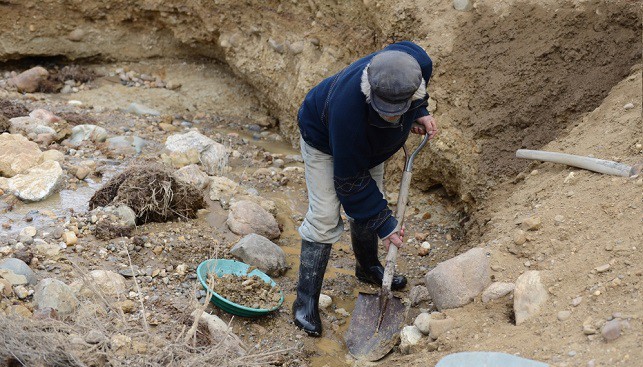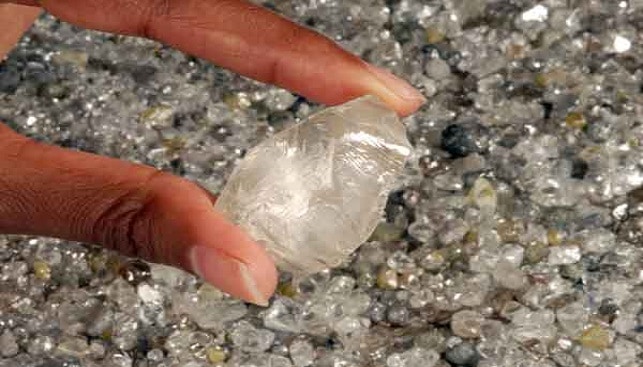An international team of scientists, led by the University of Southampton, has made a significant discovery that could revolutionize the diamond exploration industry. According to Mining Weekly, the researchers found that the breakup of tectonic plates is the key driver behind the generation and eruption of diamond-rich magmas from deep within the Earth. These findings shed light on how diamonds are formed and could help pinpoint potential locations for future diamond mining.
Diamonds, which form under immense pressure deep underground, are exceptionally old, dating back hundreds of millions or even billions of years. They are typically found in volcanic rocks called kimberlites. Despite their significance, the mechanism behind how kimberlites reached the Earth’s surface has remained a mystery.
The researchers conducted a comprehensive study on the impact of global tectonic forces on volcanic eruptions, spanning over a billion years. The results, published in the recent edition of the journal Nature, indicate that most kimberlite eruptions occurred around 20 to 30 million years after the tectonic breakup of continents, following a cyclic pattern similar to the rhythm of supercontinents assembling and breaking up over time.

Lead author of the study, Dr. Tom Gernon, explained that the researchers employed statistical analysis and machine learning to investigate the link between continental breakup and kimberlite volcanism. “The pattern of diamond eruptions is cyclical, mimicking the rhythm of the supercontinents, which assemble and break up in a repeated pattern over time,” he said, “But previously we didn’t know what process causes diamonds to suddenly erupt, having spent millions – or billions – of years stashed away 150 km beneath the Earth’s surface.”
University of Southampton senior research fellow Dr Thea Hincks explained: “Using geospatial analysis, we found that kimberlite eruptions tend to gradually migrate from the continental edges to the interiors over time at rates that are consistent across the continents.”
The researchers delved further into the geological processes driving this pattern and found that the Earth’s mantle, the layer between the crust and core, experienced disruptions due to crustal rifting or stretching, even thousands of kilometers away. This led to a domino effect, where a small section of the continental root would sink into the mantle during rifting, triggering similar flow patterns beneath nearby continents.
Dr. Stephen Jones, associate professor in Earth Systems at the University of Birmingham and a co-author of the study, explained: “We found that a domino effect can explain how continental breakup leads to formation of kimberlite magma. During rifting, a small patch of the continental root is disrupted and sinks into the mantle below, triggering a chain of similar flow patterns beneath the nearby continent.”
According to Mining Weekly, The research could be used to “identify the possible locations and timings of past volcanic eruptions tied to this process, offering insights that could enable the discovery of diamond deposits in the future.”













